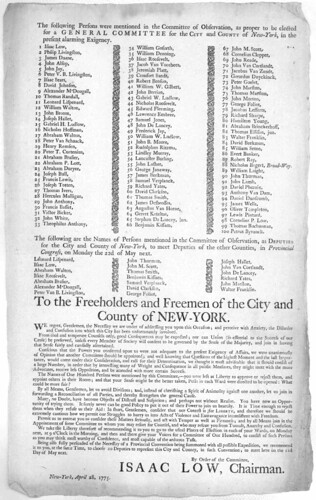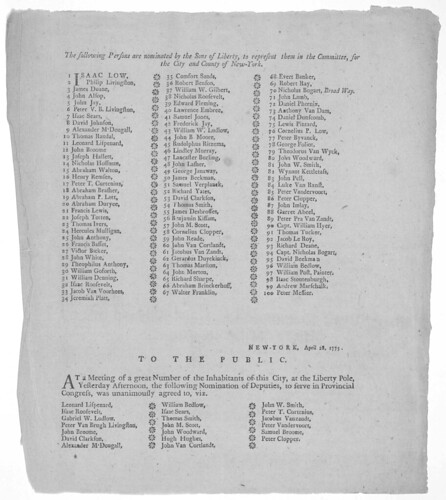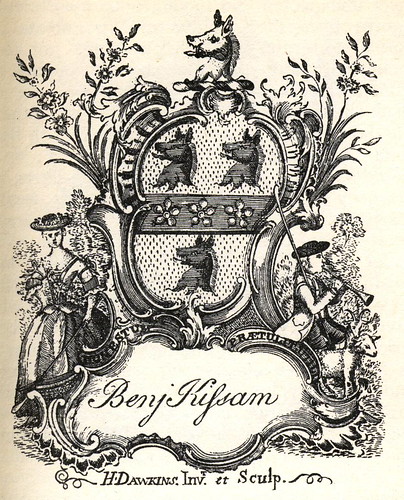As it turns out, and after flipping through every page of the auction catalog, the only reference to Kissam is item number 548 on page 99 which is listed as:
GENERAL COMMITTEE. The following persons were mentioned in the committee of Observation, as proper to be elected for a General Commitee for the City and County of New York, in the present alarming exigency. Together with the "Names of Persons mentioned in the Committee of Observation, as Deputies for the City and County of New York, to meet Deptues of other Counties, in Provincial Congress, on Monday the 22d of May next, [1775].
With the further note from the auctioneer:
This rare Broadside containes the names of one hundred patriotic citizens of New York City during the Revolution. Amonth the names of historical and genealogical interest, are those of Isaac Low, Philip Livingston, James Duane, John Jay, Isaac Sears, Abraham Duryee, Comfort Sands, Robert Benson, Samuel Jones, John De Lancey, James Beekman, Issac Roosevelt, Peter Goelet, Lewis Pintard, Gerardus Duyckinck, Gerret Keteltas, Benj. Kissam, Abraham P. Lot, Lindley Murray, Alexander McDougall, Richard Yates, Samuel Verplanck, Henry Remsen, Jacobus Lefferts, etc.
It's interesting to note that the list contains two men who were law clerks for Benjamin (John Jay, Lindley Murray) and one man who would be the future father-in-law (Isaac Roosevelt) to his son, Benjamin.
I've found two broadsides printed at the time which are very similar to one another as well as similar to the item noted in the auction catalog. They're broadsides nominating people to be a part of the Committee of One Hundred which was to replace the Committee of Sixty on May 1, 1775. The vote must have happened sometime between April 28, 1775 when these were printed and May 1, 1775 when the new Committee took over.
The first (larger version) is the longer of the two and includes several paragraphs from Isaac Low who was the chair of the Committee of Sixty. The second (larger version) states that is is from the "Sons of Liberty." Benjamin is listed for the Committee of One Hundred on both but only nominated as a representative for the Provincial Congress on Isaac Low's broadside. Does this mean that Benjamin wasn't patriotic enough for the Sons of Liberty? Benjamin is number 66 on the Low broadside and number 56 on the Sons of Liberty broadside. I would love to know if the numbering meant anything.



